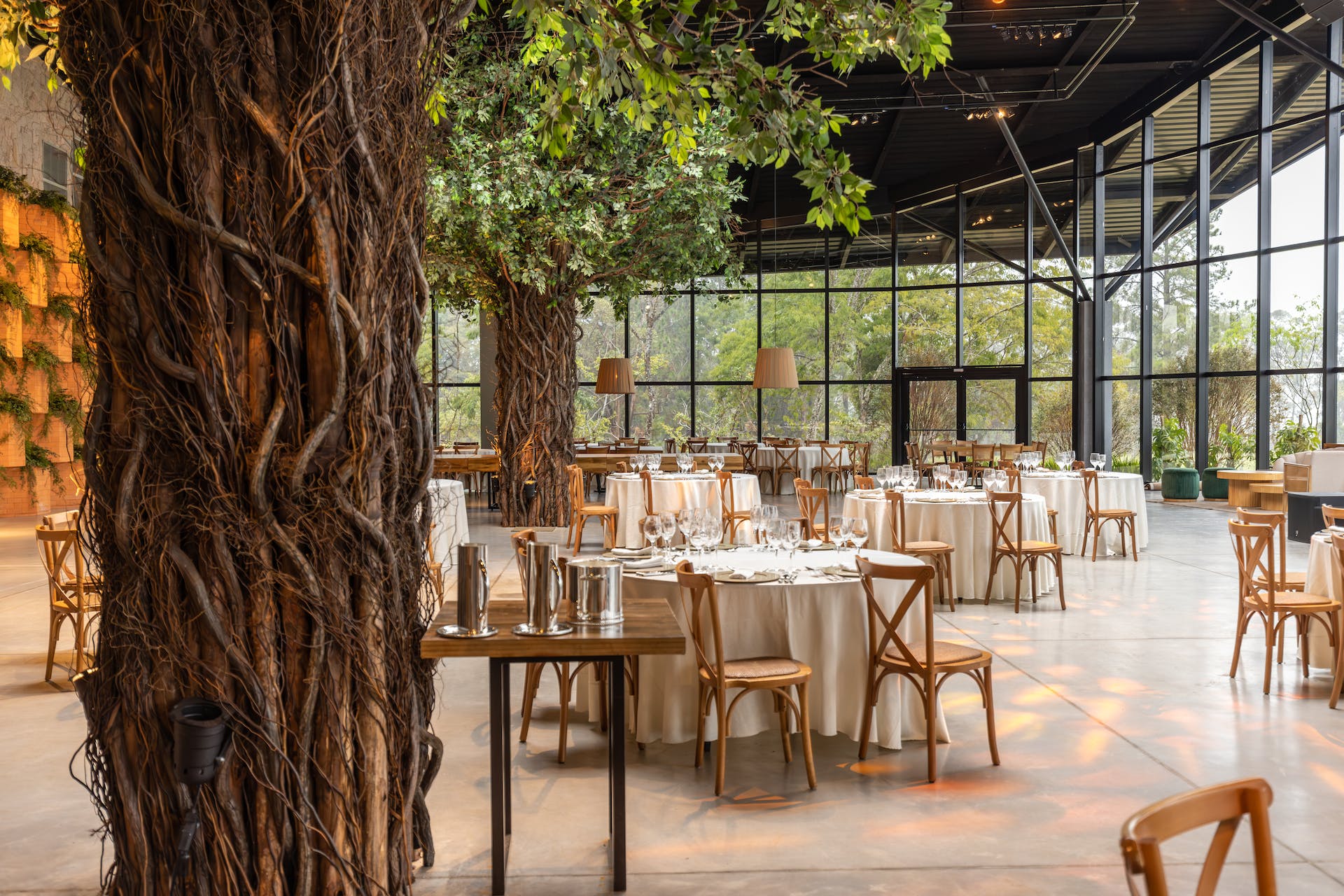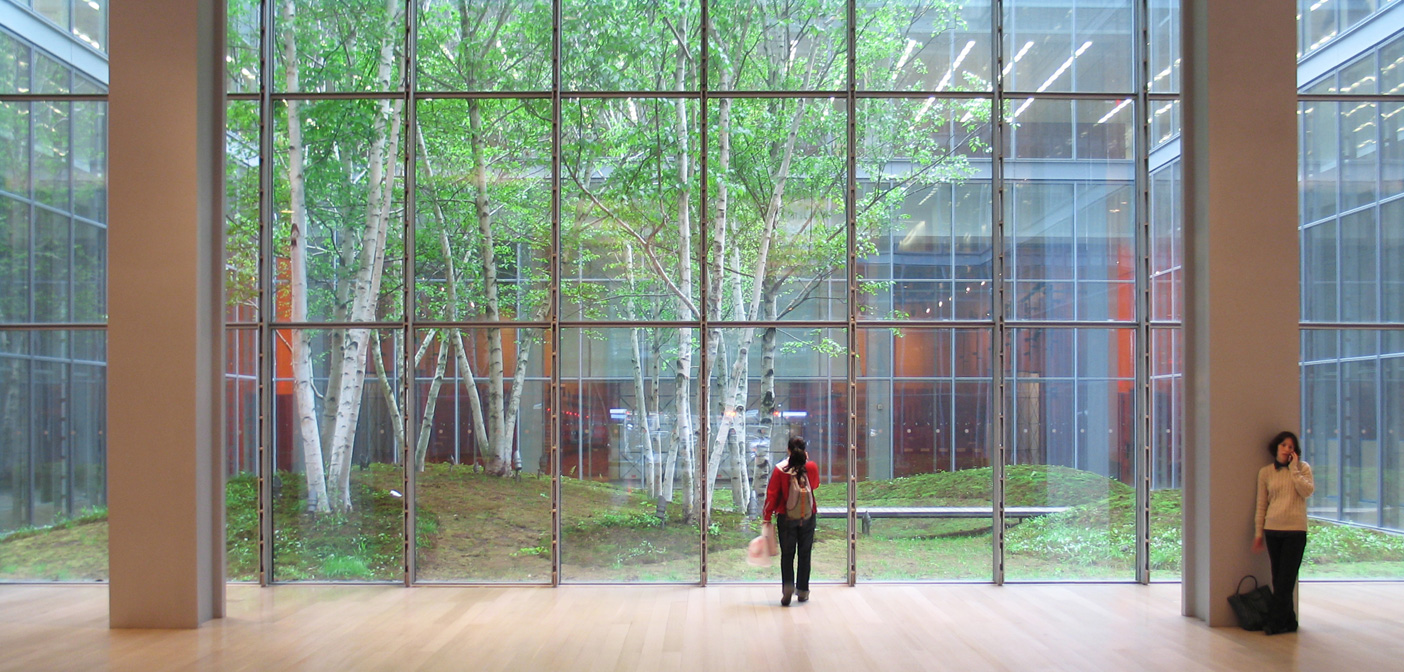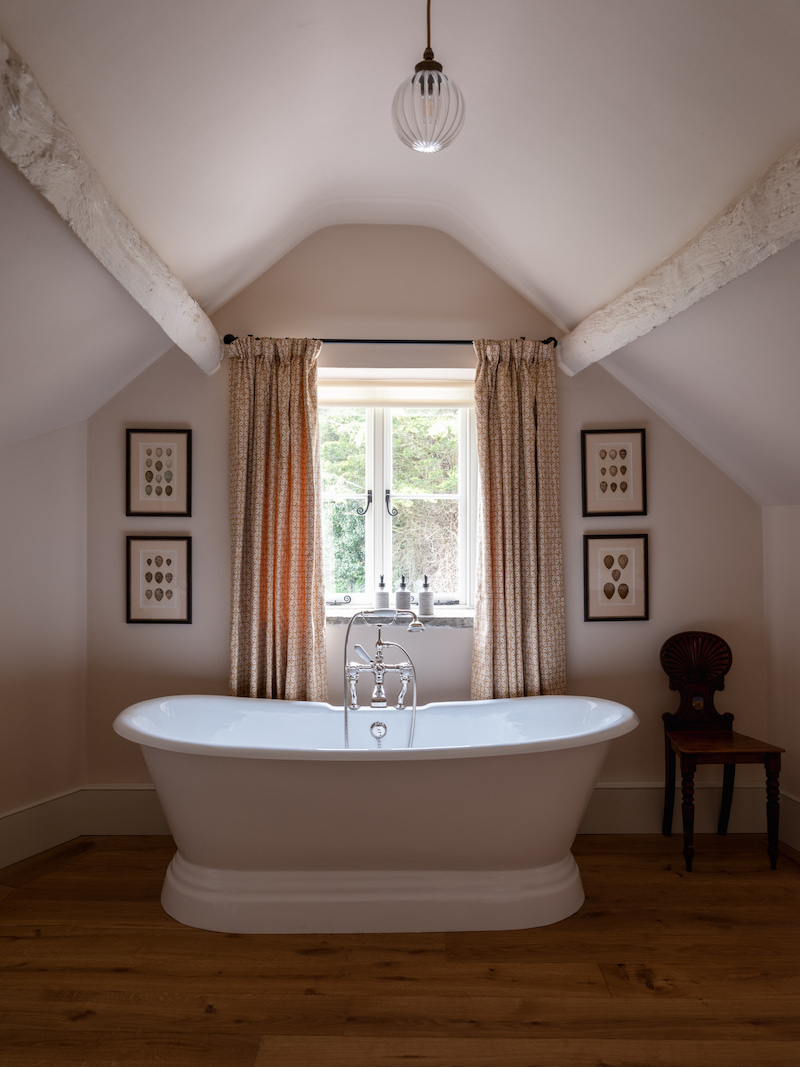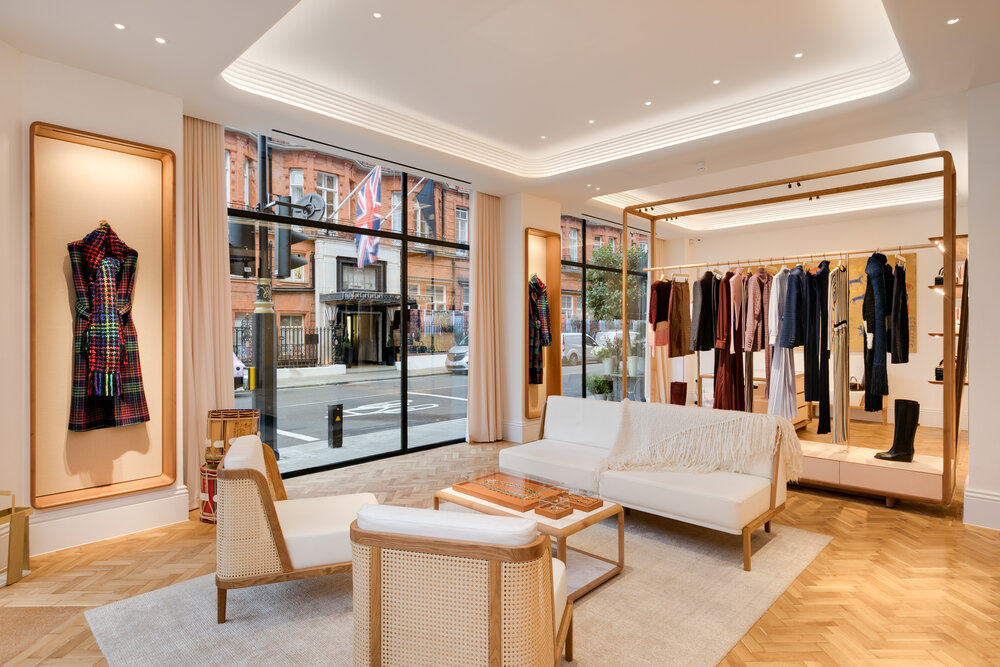



In the burgeoning landscape of interior design, the fervour with which we are reinventing our living and working environments in the UK—a market worth a staggering £1.5 billion in 2023—speaks volumes about our collective quest for spaces that nurture our souls and bodies. As we pivot to a new era, integrating more natural elements and sustainable materials is becoming imperative. For those yet to embrace the verdant hues of greenery, you’re potentially sidestepping the most transformative trend of 2024: the essence of biophilic design.



The visionary entomologist E.O. Wilson introduced the concept of biophilia in his seminal 1984 book, explaining our innate affinity for the natural world. Wilson argues, “We are in the fullest sense a biological species and will find little ultimate meaning apart from the remainder of life.” Our deep-rooted connection with nature transcends aesthetic appreciation—it’s a vital component of our essence, woven into the very fabric of our DNA.

Historically, our ancestors thrived in symbiosis with their natural surroundings, deriving sustenance, shelter, and spiritual enrichment from the earth. Despite centuries of technological advancement and urban sprawl, our intrinsic need for natural connections must remain public. The interplay of light, colour, texture, and organic forms creates aesthetic harmony and is pivotal for our physical, mental, and emotional health. Many studies corroborate that proximity to natural elements significantly enhances happiness, health, and productivity across all demographics.

Our Aged Wood

Our Aged Wood
Integrating natural elements—such as plants, wood, and sunlight—has proven to substantially increase productivity, creativity, and job satisfaction in the workplace. The Human Space Report highlights that employees in environments with natural features report a 15% higher overall well-being, 6% more productivity, and 15% greater creativity.

Our Reclaimed Wood
Biophilic design sets new paradigms for our living and working spaces as we gaze into the future. The Barbican Conservatory in London exemplifies this trend, with its lush tropical flora and warm-toned wooden accents creating a serene urban retreat. Similarly, the Limewood Hotel in Hampshire exemplifies biophilic principles, harmoniously blending luxurious accommodations with the rustic charm of the New Forest National Park.
Here are a few biophilic design trends that are gaining momentum:
Embrace Plant Life: Integrating plants into home interiors—from kitchens to bedrooms—is becoming increasingly popular. Plants not only enhance the aesthetic quality of a space but also have health benefits, such as reducing stress and improving mood. However, the choice of plants matters; varieties with soft, rounded leaves tend to be more soothing than those with sharp edges.
Incorporate Organic Shapes and Patterns: Curvilinear forms and fractal patterns, which mimic the undulating waves and rippling dunes, are staples in interior design. These elements introduce a dynamic, naturalistic flow into living spaces, promoting a sense of calm and connection with the natural world.
Maximize Natural Light: Exposure to natural light is crucial for maintaining psychological well-being. A study published in Natural Mental Health found that ample daylight exposure was linked to a 20% lower risk of depression. To enhance natural light, consider more oversized windows, skylights, or even glass walls that connect the indoors with the outdoors.
Engage the Senses: Biophilic design also encompasses auditory and olfactory experiences. Adding water features and using natural scents can transform a space into a multi-sensory haven, enriching the overall experience of the inhabitants.

“Naturally aged wood bolsters biophilic design, connecting indoor spaces with the natural world.” Andres Uprimny of The Reclaimed Flooring Company
Conclusion
Biophilic design transcends mere trendiness—a fundamental shift in how we conceive our personal and professional spaces. By integrating natural elements, we pay homage to our biophilic roots and enhance our well-being and productivity. As we continue to shape our environments, let the principles of biophilic design guide our choices, ensuring that we create spaces that are not only beautiful but also deeply connected to the natural world.